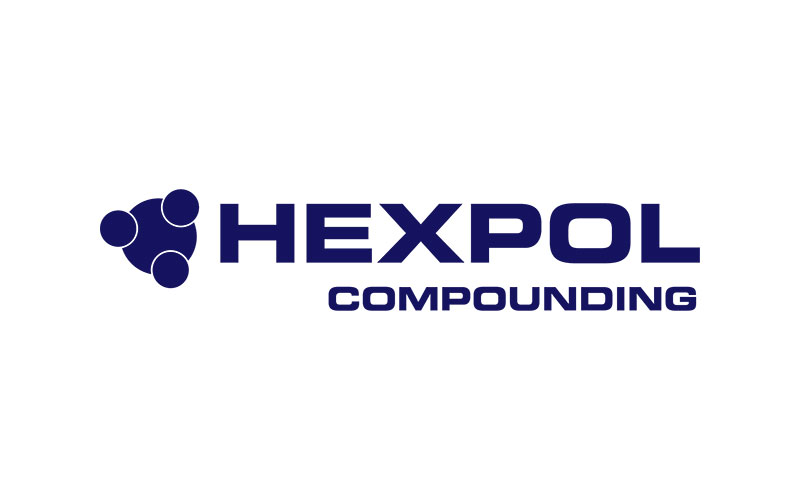The investment will enable HEXPOL Compounding in Europe to produce several thousand tonnes of compounds with devulcanized rubber content per year.
Mar 18, 2024

The rubber compounding arm of the HEXPOL Group has announced an investment in a devulcanization line in Europe. This allows them to offer mechanical devulcanization of rubber in-house and supports the transition to a circular economy.
For years, HEXPOL Compounding has worked on using cured compound scrap and waste, which are unavoidable side products of rubber part production.
In the past, the converter paid for the disposal of their rubber waste, which often ended in landfills or was incinerated. In some cases, rubber waste was ground and reused, but until now, it was mainly used as a filler in low-quality applications. Devulcanization offers an opportunity to keep these valuable resources in circulation and reduce the demand for virgin materials and thus decrease the amount of unused scrap.
Devulcanization can transform cured rubber parts into an uncured state again. The devulcanized material still contains the polymer, carbon black or other fillers and plasticizer of the original compound. This results in a raw material base for producing new rubber parts and demonstrates that rubber can be recycled.
Watch: RR Kabel | Solar Cables | Solar Plant | Renewable Energy
As per a statement issued by Carsten Rüter, President of HEXPOL Rubber Compounding Europe & Asia, “HEXPOL’s target is to reprocess cured rubber from post-industrial sources and reuse it for typical rubber applications in the automotive or building and construction industry. Instead of paying for disposal, we support our customers in transforming their rubber production offcuts into a new raw material with a reduced product carbon footprint.”
He said the devulcanization process added no additional chemicals. It involved solely the use of mechanical forces like shear, compression, and temperature to break down the crosslinking bonds of the cured rubber with the help of a specific extruder.
The investment will enable HEXPOL Compounding in Europe to produce several thousand tons of compounds with devulcanized rubber content per year.
Ralph Wolkener, President HEXPOL Compounding Europe & Asia said, “We are proud to offer a variety of compound solutions with recycled content already today. Soon, we will add rubber recycling to our services.
Also Read: Torrent Power Bags 1,500 MW Inter-State Transmission Scheme Project to Evacuate Renewables in Maharashtra
“Our customers are becoming our business partners in this process, which involves collecting and sorting their production side products, until HEXPOL transforms them into devulcanized raw materials again. We believe our devulcanization process could also be extended to post-consumer rubber recycling,” he added.
The new extruder will be installed at the HEXPOL Compounding site in the Czech Republic in late 2024, where it will provide devulcanization services to the other European HEXPOL Compounding sites to ensure that a broad customer base can join the circle.
“It is part of HEXPOL’s service to adjust compound recipes based on devulcanized rubber and other renewable raw materials to achieve the same performance as compounds based on standard raw materials,” said Norbert Niemand, Managing Director at HEXPOL Lesina.




